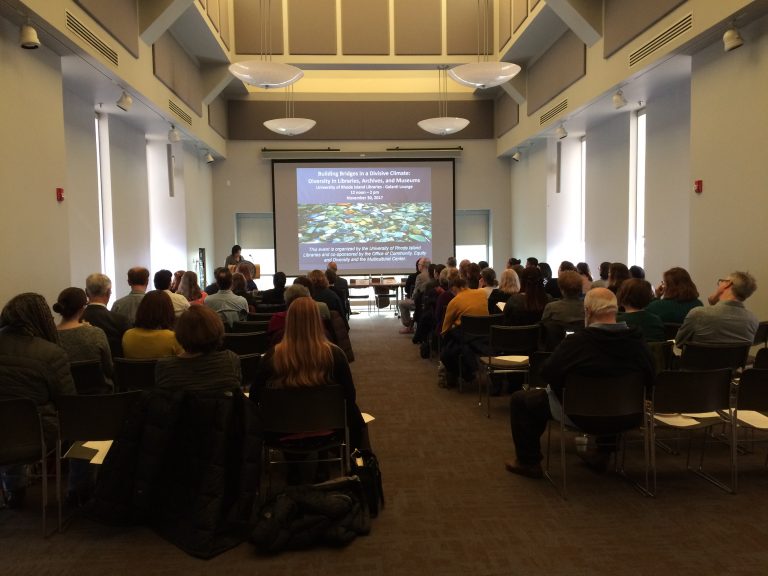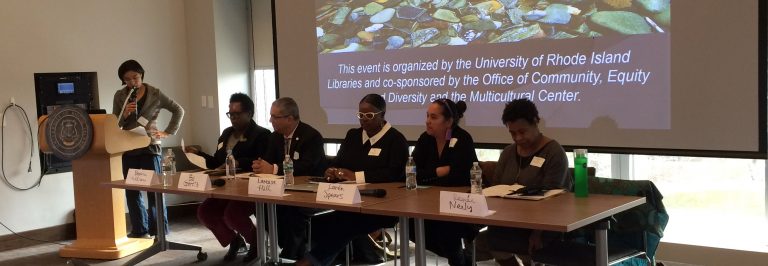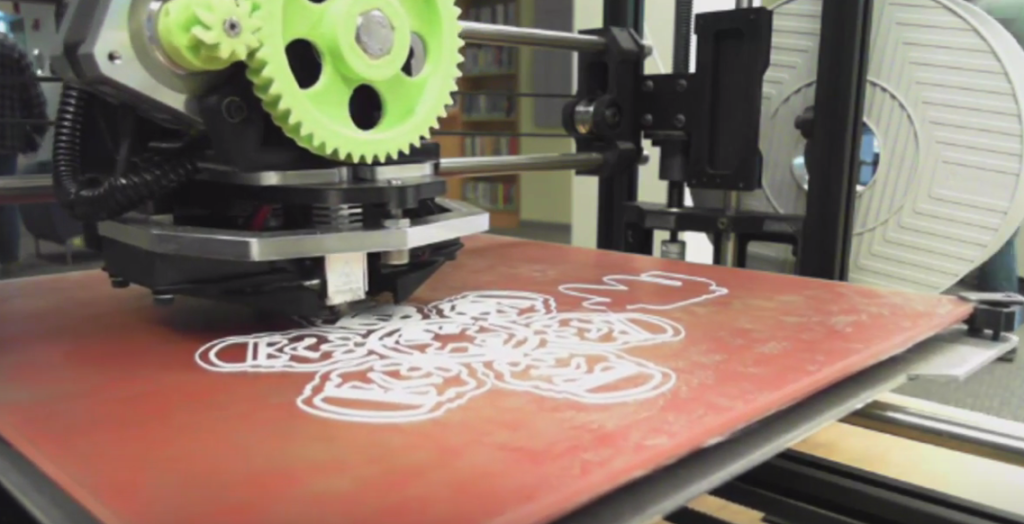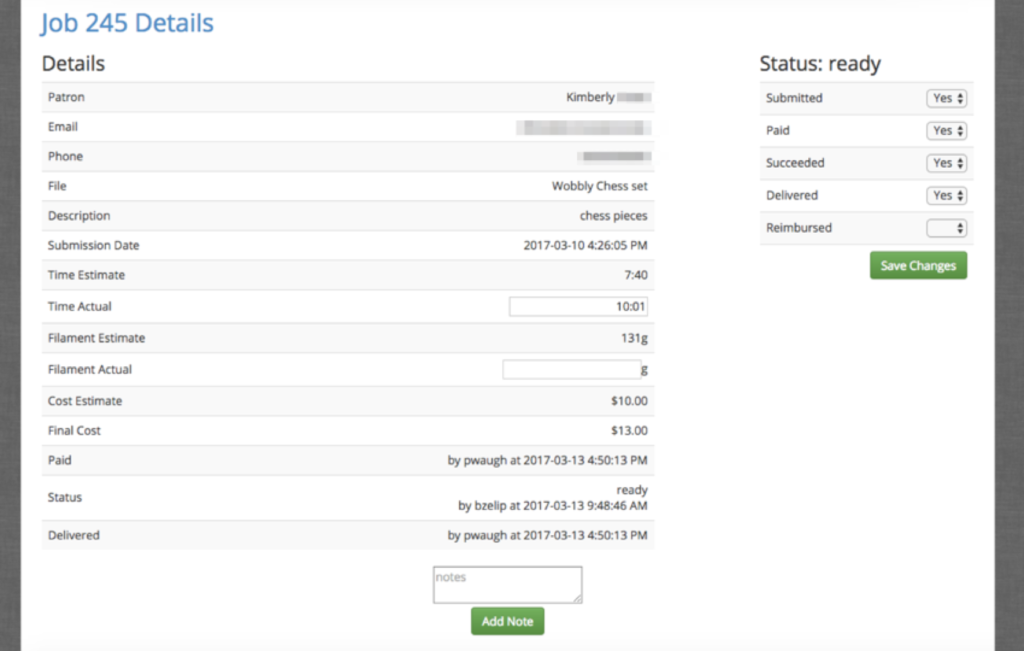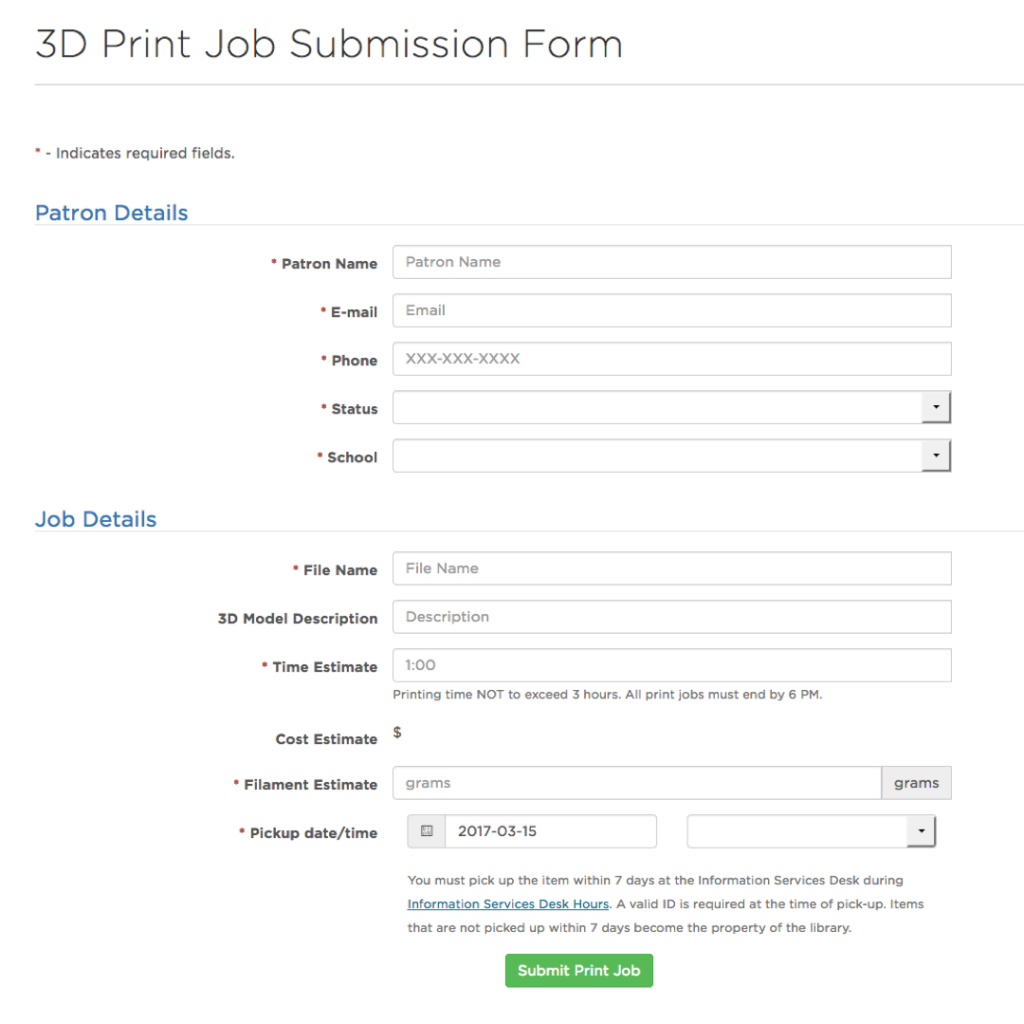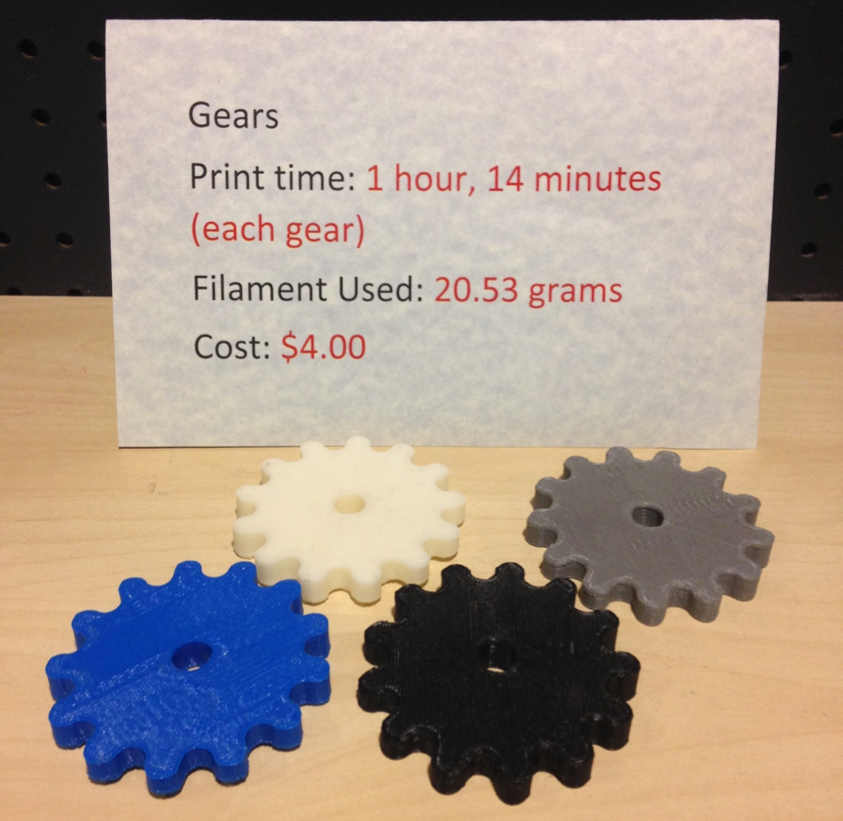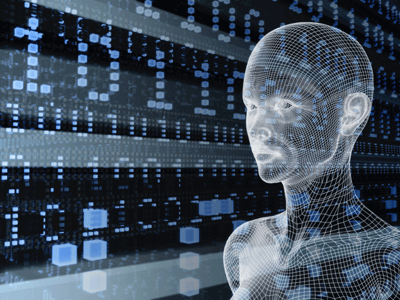These are statements and messages sent out publicly or internally to re-affirm diversity, equity, and inclusion by libraries or higher ed institutions. I have collected these – some myself and many others through my fellow librarians. Some of them were listed on my blog post, “Finding the Right Words in Post-Election Libraries and Higher Ed.” So there are some duplicates.
If you think that your organization is already so much pro-diversity that there is no need to confirm or re-affirm diversity, you can’t be farther from the everyday reality that minorities experience. Sometimes, saying isn’t much. But right now, saying it out loud can mean everything. If you support those who belong to minority groups but don’t say it out loud, how would they know it? Right now, nothing is obvious other than there is a lot of hate and violence towards minorities.
Feel free to use these as your resource to craft a similar message. Feel free to add if you have similar messages you have received or created in the comments section.
If you haven’t heard from the organization you belong to, please ask for a message reaffirming and committing to diversity, equity, and inclusion.
[UPDATE 11/15/2016: Statements from ALA and LITA have been released. I have added them below.]
I will continue to add additional statements as I find them. If you see anything missing, please add below in the comment or send it via Twitter @bohyunkim. Thanks!
From Librarians
From Library Associations
From Libraries
From Higher Ed Institutions
Drexel University
Moving On as a Community After the Election
Dear Members of the Drexel Community,
It is heartening to me to see the Drexel community come together over the last day to digest the news of the presidential election — and to do so in the spirit of support and caring that is so much a part of this University. We gathered family-style, meeting in small, informal groups in several places across campus, including the Student Center for Inclusion and Culture, our residence halls, and as colleagues over a cup of coffee. Many student leaders, particularly from our multicultural organizations, joined the conversation.
This is not a process that can be completed in just one day, of course. So I hope these conversations will continue as long as students, faculty and professional staff feel they are needed, and I want to assure you that our professional staff in Student Life, Human Resources, Faculty Affairs, as well as our colleagues in the Lindy Center for Civic Engagement, will be there for your support.
Without question, many members of our community were deeply concerned by the inflammatory rhetoric and hostility on the campaign trail that too often typified this bitter election season.
As I wrote over the summer, the best response to an uncertain and at times deeply troubling world is to remain true to our values as an academic community. In the context of a presidential election, it is vital that we understand and respect that members of our broadly diverse campus can hold similarly diverse political views. The expression of these views is a fundamental element of the free exchange of ideas and intellectual inquiry that makes Drexel such a vibrant institution.
At the same time, Drexel remains committed to ensuring a welcoming, inclusive, and respectful environment. Those tenets are more important than ever.
While we continue to follow changes on the national scene, it is the responsibility of each of us at Drexel to join together to move ahead, unified in our commitment to open dialogue, civic engagement and inclusion.
I am grateful for all you do to support Drexel as a community that welcomes and encourages all of its members.
Lane Community College
Good Morning, Colleagues,
I am in our nation’s capital today. I’d rather be at home! Like me, I am guessing that many of you were glued to the media last night to find out the results of the election. Though we know who our next President will be, this transition still presents a lot of uncertainty. It is not clear what our future president’s higher education policies will be but we will be working with our national associations to understand and influence where we can.
During times like this there is an opening for us to decide how we want to be with each other. Moods will range from joy to sadness and disbelief. It seems trite but we do need to work together, now more than ever. As educators we have a unique responsibility to create safe learning environments where every student can learn and become empowered workers and informed citizens. This imperative seems even more important today. Our college values of equity and inclusion have not changed and will not change and it is up to each of us to assure that we live out our values in every classroom and in each interaction. Preparing ourselves and our students for contentious discussions sparked by the election is work we must do.
It is quite likely that some of our faculty, staff and students may be feeling particularly vulnerable right now. Can we reach out to each other and let each other know that we all belong at Lane? During my inservice remarks I said that “we must robustly reject the calculated narrative of cynicism, division and despair. Instead of letting this leak into our narratives, together we can bet on hope not fear, respect not hate, unity not division.” At Lane we have the intellect (and proud of it) and wherewithal to do this.
I am attaching a favorite reading from Meg Wheatley which is resonating with me today and will end with Gary Snyder’s words from To The Children …..stay together learn the flowers go light.
Maryland Institute College of Art
Post-Election Community Forums and Support
Dear Campus Community,
No matter how each of us voted yesterday, most of us likely agree that the presidential campaign has been polarizing on multiple fronts. As a result, today is a difficult day for our nation and our campus community. In our nation, regardless of how one has aligned with a candidate, half of our country feels empowered and the other half sad and perhaps angry. Because such dynamics and feelings need to be addressed and supported on campus, this memo outlines immediate resources for our community of students, faculty and staff, and describes opportunities for fashioning dialogues and creative actions going forward.
Before sharing the specifics, let me say unambiguously that MICA will always stand firm in our commitment to diversity and inclusion. This morning’s Presidential Task Force on Diversity, Inclusion, Equity, and Globalization meeting discussed measures to ensure that, as a creative community, we will continue to build a culture where everyone is honored and supported for success. The impact of exhibitions such as the current Baltimore Rising show remains as critical as ever, and MICA fosters an educational environment that is welcoming of all.
In the short term our focus is to support one another. Whether you are happy or distressed with the results, there has been sufficient feedback to indicate that our campus community is struggling with how to make sense of such a divisive election process. You may find the following services helpful and are encouraged to take advantage of them:
For Students: Student Counseling maintains walk-in hours from 3:00 – 4:00 pm every day. Students are welcome to stop by the Student Counseling Center (1501 Mt. Royal Avenue) during that time or call 410-669-9200 and enter x2367 once the recording begins to schedule an appointment.
For Faculty and Staff: The Employee Assistance Program (EAP) is available to provide free, confidential support 24 hours a day. The EAP can be reached by calling 1-866-799-2728 or visiting HealthAdvocate.com/members and providing the username “Maryland Institute College of Art”.
For all MICA community members: MICA’s chaplain, the Rev, maintains standing hours every Monday and can be reached in the Reflection Room (Meyerhoff House) or by calling the Office of Diversity and Intercultural Development at 443-552-1659.
There are three events this week that can provide a shared space for dialogue; all are welcome:
The “After the Baltimore Uprising: Still Waiting for Change” community forum attached to the Baltimore Rising exhibition takes place tonight from 7:00 pm to 9:00 pm in the Lazarus Center.
An open space for all MICA community members will be hosted by the Black Student Union tonight at 10:00 pm in the Meyerhoff House Underground.
In partnership with our student NAMI group, MICA will host a “Messages of Hope” event for the entire MICA community that will allow for shared space and reflection. This event will be on Friday, November 11th, and will begin at 3:00 pm in Cohen Plaza.
In various upcoming meetings we look forward to exploring with campus members other appropriate activities that can be created to facilitate expressions and dialogues.
A separate communication is coming from Provost David Bogen to the faculty regarding classroom conversations with students regarding the election.
Northwestern University Women’s Center
Dear Northwestern students, faculty, staff and community members:
The Women’s Center is open today. Our staff members are all here and available to talk, to provide resources and tools, or to help however you might need it. Most importantly, the space itself is available for whatever you need, whether that is to gather as a group, to sit alone somewhere comfortable and quiet, or to talk to someone who will listen. We are still here, and we are here for all people as an intentionally intersectional space. You are welcome to drop by physically, make a call to our office, or send an email. Know that this space is open and available to you.
Portland Community College to the PCC Staff
As someone who spent the last several years in Washington D.C. working to advance community colleges, I feel a special poignancy today hearing so many students, colleagues, and friends wonder and worry about the future—and about their futures.
We must acknowledge that this political season has highlighted deep divisions in our society. Today I spent time with Cabinet speaking about how we can assert our shared values and take positive action as a PCC community to deepen our commitment to equity, inclusion and civic engagement.
PCC will always welcome students and colleagues who bring a rich array of perspectives and experiences. That diversity is among our greatest strengths.
Today it is imperative that we stand by faculty, staff and students who may be experiencing fear or uncertainty—affirming with our words and deeds that PCC is about equitable student success and educational opportunity for all. Never has this mission been more powerful or more essential.
I have only been here a few months, but have already learned that PCC is a remarkable and caring community. Much is happening right now in real time, and I appreciate the efforts of all. For my part, I promise to communicate often as we continue to plan for our shared future.
P.S. Today and in the days ahead, we will be holding space for people to be together in community. Here are a few of the opportunities identified so far.
Portland Community College to Students
Dear Students:
As someone who spent the last several years working in Washington D.C., I feel a special poignancy this week hearing many of you express worry and uncertainty about the future.
There is little doubt that this political season has highlighted some deep divisions in our society. Both political candidates have acknowledged as much.
At the same time, people representing the full and diverse spectrum of our country come to our nation’s community colleges in hopes of a better life. PCC is such a place – where every year thousands of students find their path and pursue their dreams. All should find opportunity here, and all should feel safe and welcome.
The rich diversity of PCC offers an amazing opportunity for dialogue across difference, and for developing skills that are the foundation of our democratic society.
Let this moment renew your passion for making a better life for yourself, your community and your country and for becoming the kind of leader you want to follow.
Rutgers University AAUP-AFT
(American Association of University Professors – American Federation of Teachers)
Resisting Donald Trump
We are shocked and horrified that Donald Trump, who ran on a racist, xenophobic, misogynist platform, is now the President of the US. In response to this new political landscape, the administrative heads of several universities have issued statements embracing their diverse student, faculty, and staff bodies and offering support and protection. (See statements from the University of California and the California State University). President Barchi has yet to address the danger to the Rutgers community and its core mission.
This afternoon, our faculty union and the Rutgers One Coalition held an emergency meeting of students, faculty, and community activists in New Brunswick. We discussed means of responding to the attacks that people may experience in the near future. Most immediately, we approved the following statement by acclamation at the 100-strong meeting:
“Rutgers One, a coalition of faculty, staff, students and community members, calls upon the Rutgers administration to join us in condemning all acts of bigotry on this campus and refuse to tolerate any attacks on immigrants, women, Arabs, Muslims, people of color, LGBTQ people and all others in our diverse community. We demand that President Barchi and his administration provide sanctuary, support, and protection to those who are already facing attacks on our campuses. We need concrete action that can ensure a safe environment for all. Further, we commit ourselves to take action against all attempts by the Trump administration to target any of our students, staff or faculty. We are united in resistance to bigotry of every kind and welcome all to join us in solidarity.”
We also resolved to take the following steps:
We will be holding weekly Friday meetings at 3pm in our Union office in New Brunswick to bring together students, faculty and staff to organize against the Trump agenda. We hope to expand these to Camden and Newark as well. (If you are willing to help organize this, please email back.)
We will be creating a list serve to coordinate our work. If you want to join this list, please reply to this email.
We are making posters and stickers which declare sanctuaries from racism, xenophobia, sexism, bigotry, religious intolerance, and attacks on unions. Once these materials are ready we will write to you so that you may post them on windows, office doors, cars etc. In the meantime, we urge you to talk to your students and colleagues of color as well as women and offer them your support and solidarity.
As you may recall, the Executive Committee issued a denunciation of Donald Trump on October 10, 2016. Now our slogan, one from the labor movement, is “Don’t mourn. Organize!” That is where we are now – all the more poignantly because of Donald Trump’s appeal to workers. Let us organize, and let us also expand our calling of education. In your classrooms, your communities, and your families, find the words and sentiments that will redeem all of us from Tuesday’s disgrace.
University of Chicago
Message from President and Provost
Early in the fall quarter, we sent a message welcoming each of you to the new academic year and affirming our strong commitment to two foundational values of the University – fostering an environment of free expression and open discourse; and ensuring that diversity and inclusion are essential features of the fabric of our campus community and our interactions beyond campus.
Recent national events have generated waves of disturbing, exclusionary and sometimes threatening behavior around the country, particularly concerning gender and minority status. As a result, many individuals are asking whether the nation and its institutions are entering a period in which supporting the values of diversity and inclusion, as well as free expression and open discourse, will be increasingly challenging. As the president and provost of the University of Chicago, we are writing to reaffirm in the strongest possible terms our unwavering commitment to these values, and to the importance of the University as a community acting on these values every day.
Fulfilling our highest aspirations with respect to these values and their mutual reinforcement will always demand ongoing attention and work on the part of all of us. The current national environment underscores the importance of this work. It means that we need to manifest these values more rather than less, demand more of ourselves as a community, and together be forthright and bold in demonstrating what our community aspires to be. We ask all of you for your help and commitment to the values of diversity and inclusion, free expression, and open discourse and what they mean for each of us working, learning, and living in this University community every day.
University of Illinois, Chicago
Dear Students, Faculty, and Staff,
The events of the past week have come with mixed emotions for many of you. We want you to know that UIC remains steadfast in its commitment to creating and sustaining a community that recognizes and values the inherent worth and dignity of every person, while fostering an environment of mutual respect among all members.
Today, we reaffirm the University’s commitment to access, equity, inclusion and nondiscrimination. Critical to this commitment is the work of several offices on campus that provide resources to help you be safe and successful. If you have questions, need someone to talk to, or a place to express yourself, you should consider contacting these offices:
Office for Access and Equity (OAE). OAE is responsible for assuring campus compliance in matters of equal opportunity, affirmative action, and nondiscrimination in the academic and work environment. OAE also offers Dispute Resolution Services (DRS) to assist with conflict in the workplace not involving unlawful discrimination matters.
UIC Counseling Center. The UIC Counseling Center is a primary resource providing comprehensive mental health services that foster personal, interpersonal, academic, and professional thriving for UIC students.
Student Legal Services. UIC’s Student Legal Services (SLS) is a full-service law office dedicated to providing legal solutions for currently enrolled students.
Office of Diversity. The Office of Diversity leads strategic efforts to advance access, equity, and inclusion as fundamental principles underpinning all aspects of university life. It initiates programs that promote an inclusive university climate, partner with campus units to formulate systems of accountability, and develop links with the local community and alumni groups.
Centers for Cultural Understanding and Social Change. The Centers for Cultural Understanding and Social Change (CCUSC) are a collaborative group of seven centers with distinct histories, missions, and locations that promote the well-being of and cultural awareness about underrepresented and underserved groups at UIC.
UIC Dialogue Initiative. The UIC Dialogue Initiative seeks to build an inclusive campus community where students, faculty, and staff feel welcomed in their identities, valued for their contributions, and feel their identities can be openly expressed.
Through whatever changes await us, as a learning community we have a special obligation to ensure that our conversations and dialogues over the next weeks and months respect our varied backgrounds and beliefs.
University of Maryland, Baltimore
To the UMB Community:
Last week, we elected a new president for our country. I think most will agree that the campaign season was long and divisive, and has left many feeling separated from their fellow citizens. In the days since the election, I’ve heard from the leaders of UMB and of the University of Maryland Medical Center and of the many programs we operate that serve our neighbors across the city and state. These leaders have relayed stories of students, faculty, staff, families, and children who feel anxious and unsettled, who feel threatened and fearful.
It should be unnecessary to reaffirm UMB’s commitment to diversity, inclusion, and respect — these values are irrevocable — but when I hear that members of our family are afraid, I must reiterate that the University will not tolerate incivility of any kind, and that the differences we celebrate as a diverse community include not just differences of race, religion, nationality, gender, and sexual identity, but also of experience, opinion, and political affiliation and ideology. If you suffer any harassment, please contact your supervisor or your student affairs dean.
In the months ahead, we will come together as a University community to talk about how the incoming administration might influence the issues we care about most: health care access and delivery; education; innovation; social justice and fair treatment for all. We will talk about the opportunities that lay ahead to shape compassionate policy and to join a national dialogue on providing humane care and services that uplift everyone in America. For anyone who despairs, we will talk about building hope.
Should you want to share how you’re feeling post-election, counselors are available. Please contact the Student Counseling Center or the Employee Assistance Program to schedule an appointment.
I look forward to continuing this conversation about how we affirm our fundamental mission to improve the human condition and serve the public good. Like the values we uphold, this mission endures — irrespective of the person or party in political power. It is our binding promise to the leaders of this state and, even more importantly, to the citizens we serve together.
University of West Georgia
Dear Colleagues,
As we head into the weekend concluding a week, really several weeks, of national and local events, I am reminded of the incredible opportunity of reflection and discourse we have as a nation and as an institution of higher learning.
This morning, we held on campus a moving ceremony honoring our Veterans–those who have served and who have given the ultimate sacrifice to uphold and protect our freedoms. It is those freedoms that provide the opportunity to elect a President and those freedoms that provide an environment of civil discourse and opinion. Clearly, the discourse of this election cycle has tested the boundaries.
This is an emotional time for many of our faculty, staff, and students. I ask that as a campus community we hold true to the intended values of our nation and those who sacrificed to protect those values and the core values of our institution–caring, collaboration, inclusiveness, and wisdom. We must acknowledge and allow the civil discourse and opinion of all within a safe environment. That is what should set us apart. It is part of our DNA in higher education to respect and encourage variance and diversity of belief, thought, and culture.
I call on your professionalism during these times and so appreciate your passion and care for each other and our students.
Virginia Commonwealth University to Staff
Election Message
Dear VCU and VCU Health Communities,
Yesterday, we elected new leaders for our city, commonwealth and nation. I am grateful to those of you who made your voice heard during the electoral process, including many of our students who voted for the first time. Whether or not your preferred candidate won, you were a part of history and a part of the process that moves our democracy forward. Thank you. I hope you will always continue to make your voice heard, both as voters and as well-educated leaders in our society.
As with any election, some members of our community are enthusiastic about the winners, others are not. For many, this election cycle was notably emotional and difficult.
Now is the time, then, to demonstrate the values that make Virginia Commonwealth University such a remarkable place. We reaffirm our commitment to working together across boundaries of discipline or scholarship, as members of one intellectual community, to achieve what’s difficult. We reaffirm our commitment to inclusion, to ensuring that every person who comes to VCU is respected and emboldened to succeed. We reaffirm that we will always be a place of the highest integrity, accountability, and we will offer an unyielding commitment to serving those who need us.
History changes with every election. What does not change are the commitments we share as one community that is relentlessly focused on advancing the human experience for all people.
You continue to inspire me. And I know you will continue to be a bright light for Richmond, Virginia, our nation and our world.
Virginia Commonwealth University School of Education to Students
Election Message
Dear students,
On Tuesday we elected new leaders for our city, our commonwealth and our nation. Although leadership will be changing, I echo Dr. Rao’s message below in that our mission outlined by the Quest for Distinction to support student success, advance knowledge and strengthen our communities remains steadfast.
At the VCU School of Education, we work to create safe spaces where innovation, inclusion and collaboration can thrive. We actively work across boundaries and disciplines to address the complex challenges facing our communities, schools and families. The election of new leaders provides new opportunities for our students, faculty and staff to build bridges that help us reach our goal of making an impact in urban and high need environments.
I encourage you to engage in positive dialogues with one another as the city, commonwealth and nation adjust to the change in leadership, vision and strategy.
Virginia Commonwealth University Division of Student Affairs
Dear Students,
We are writing to you, collectively, as leaders in the Division of Student Affairs. We acknowledge that this election season was stressful for many individuals in our VCU community, culminating with the election of the next president. Some members of our campus community have felt disrespected, attacked and further marginalized by political rhetoric during the political process. We want to affirm support of all of our students while also recognizing the unique experiences and concerns of individuals. We want all students to know that we are here to support you, encourage you and contribute to your success.
We now live in a space of uncertainty as we transition leadership in our nation. Often, with this uncertainty comes a host of thoughts and feelings. We hope that you will take advantage of some of the following services and programs we offer through our division to support your well-being, including: Office of Multicultural Student Affairs, Self-Care Space, University Counseling Services , The Wellness Resource Center, Trans Lives Matter Panel and Survivor Solidarity Support, Recreational Sports, Restorative Yoga and Mind & Body Classes.
We encourage students to express their concerns and engage in conversations that further the core values articulated in Quest, the VCU Strategic Plan. We continue to have an opportunity to make individual and collective choices about how we work to bridge differences in a manner that builds up our community.
Our staff will have a table each day next week on the VCU Compass from noon to 1:00 p.m. to receive your concerns, suggestions and just listen. Please stop by to meet us. We want you to know you have our full support.
Other Organizations
